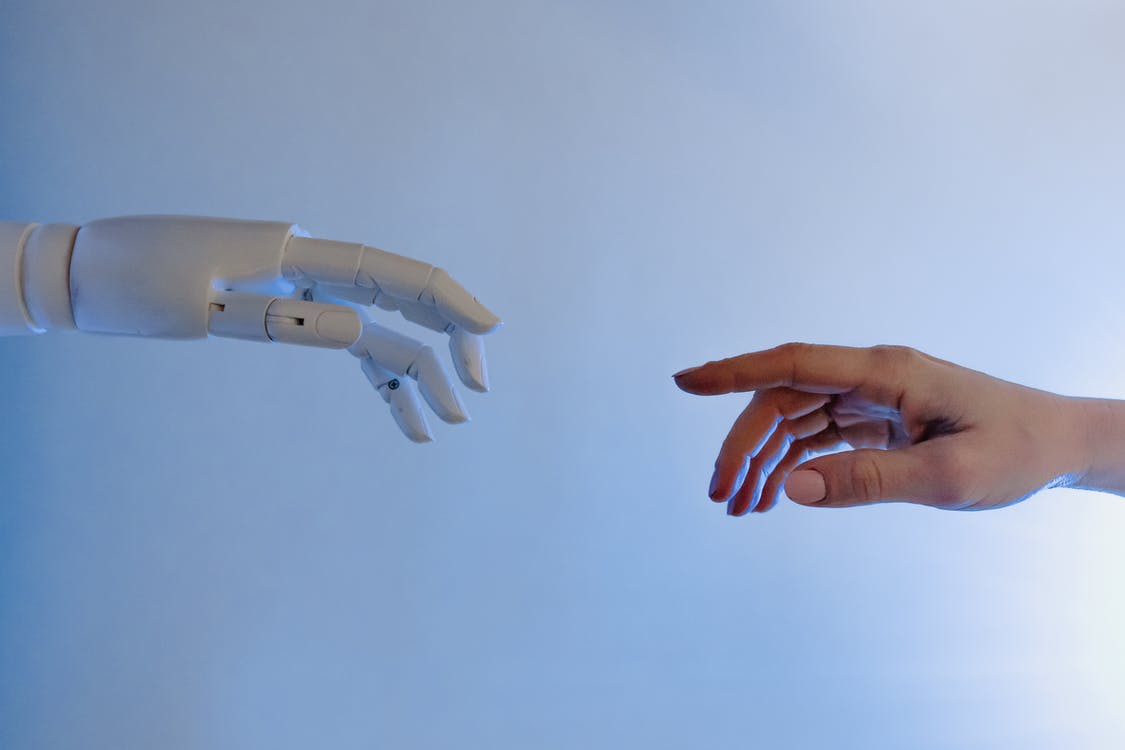The new AI-ultrasound intervention device is lifesaving and it is going to help a huge range of users to deliver complex interventions if required or if there is an injury. A new AI model is going to help to give a model of human tissue and also blood vessels. The device is going to help users to insert a needle as well as a guiding wire into a blood vessel. This is actually the first step when it comes to halting rapid blood loss in general. AI guidance is great as it helps to automate every single step of the process, whether it is inserting the needle, the guidewire, the catheter and more. The version of the device that is being trialled has actually been optimised when it comes to finding the femoral blood vessels. These blood vessels need urgent action if there has been a traumatic accident and usually, you only have a very small window of time to help those who have internal bleeding. Unfortunately delivering this kind of care can be complex and ambulance technicians are not actually trained to complete this procedure at all. This means that the treatment can only be given when someone is able to get to a hospital.
AI and Medicine
This is not the first time that AI has been used to benefit the world of medicine. If you look at investor Tej Kohli– you will soon see that he has been combining the forces of AI and medical technology for quite some time now through his foundation. His foundation is designed to help those who have corneal issues, a very complex area of healthcare that requires the utmost level of care. With advancements like this being made all the time, it is safe to say that things are getting more and more reliable in terms of treatment and more lives are being saved as well.
AI Guide
If you look at AI Guide you will soon see that this is actually a platform device and it is made out of integrated robotics as well as custom-made algorithms that can then be paired with integrated robotics. This can then be made much more portable with ultrasound devices. To operate this kind of device, it has to be placed on the patient’s body and this has to be near where the thigh meets the abdomen. You then have a targeting display which then guides the person who is using the device to the right location. The person is then instructed to pull a trigger which pushes the needle into the vessel. The device then verifies that the needle has penetrated, prompting the user to advance the guidewire, which is conveniently integrated. The device confirms that this has happened, and then the user is prompted to advance, inserting the wire and the catheter, if required into the vessel. Once this is in place, everything can then proceed as normal, which is very good for those who work in the medical field.



































